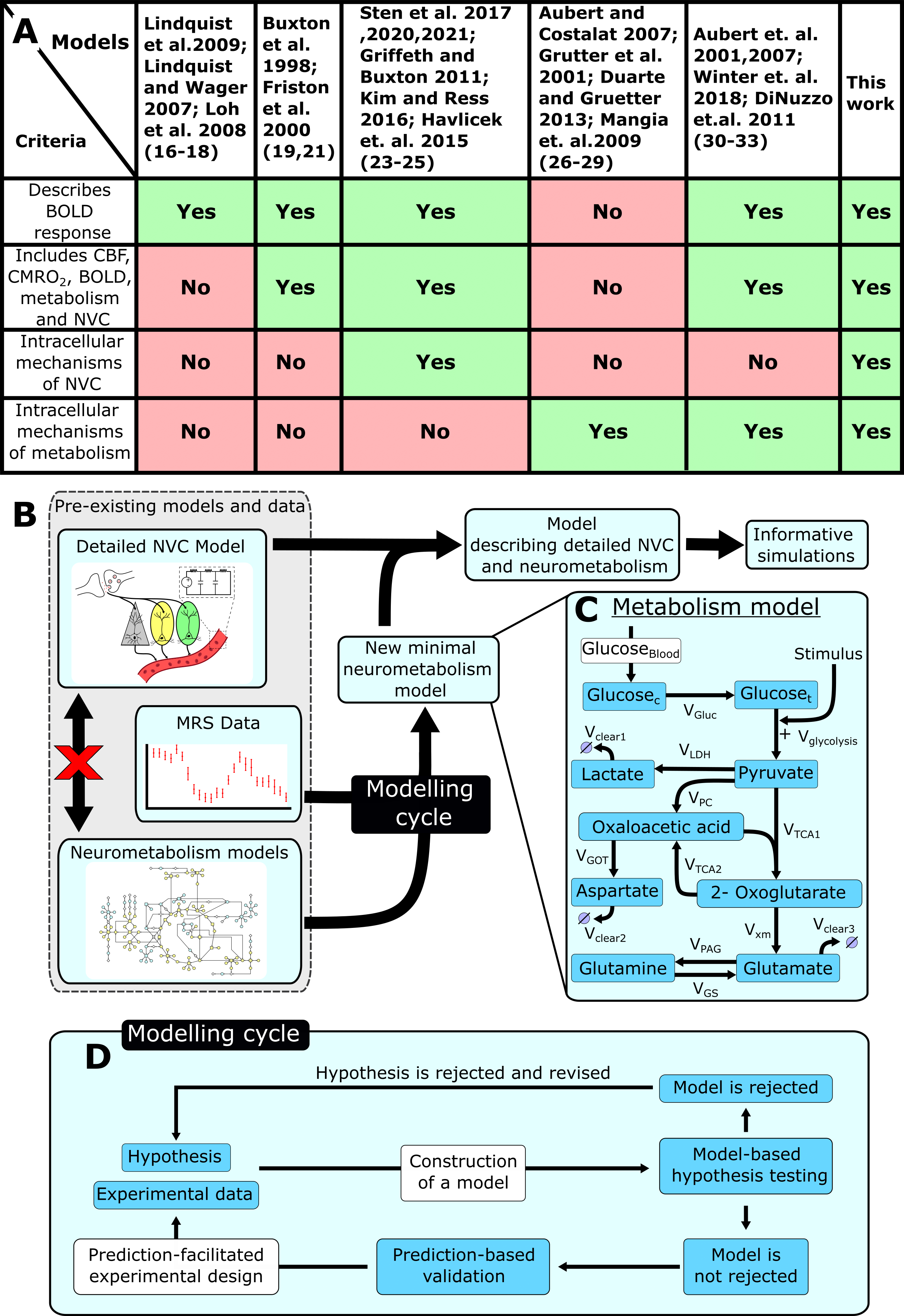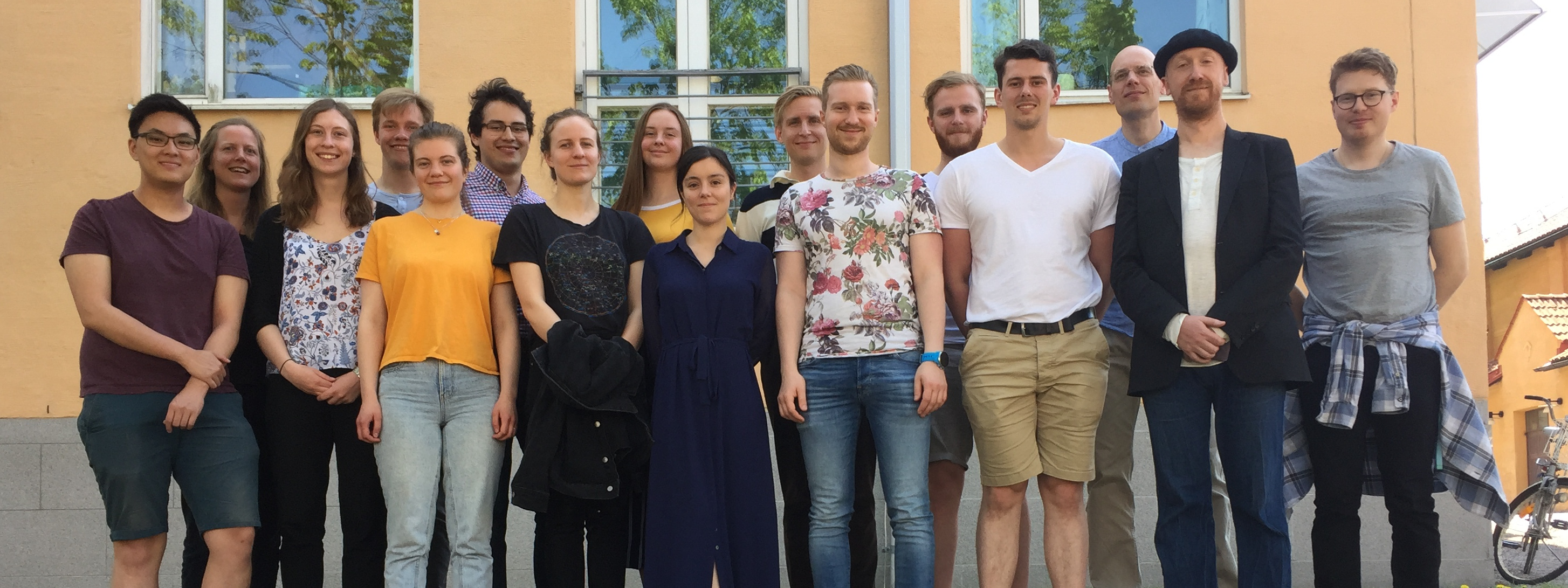We are pleased to announce that our manuscript entitled “Mechanistic model for human brain metabolism and its connection to the neurovascular coupling” have recently been accepted for publication in PLoS Computational Biology. In this manuscript we present a mechanistic model for the human cerebral metabolism based on magnetic resonance spectroscopy data. We have also connected this model to our previously published model for the neurovascular coupling. Below follows a slightly more detailed summary of the manuscript.
The neurovascular and neurometabolic couplings are highly central for several clinical imaging techniques since these frequently use blood oxygenation (the BOLD signal) as a proxy for neuronal activity. This relationship is described by the highly complex neurovascular and neurometabolic couplings, which describe the balancing between increased metabolic demand and blood flow, and which involve several cell types and regulatory systems, which all change dynamically over time. While there are previous works that describe the neurovascular coupling in detail, neither we nor others have developed connections to corresponding mechanistic models for the third aspect, the metabolic aspect. Furthermore, magnetic resonance spectroscopy (MRS) data for such modelling readily is available. In this paper we present a minimal mechanistic model that can describe the metabolic response to visual stimuli. The model is trained to describe experimental data for the relative change in metabolic concentrations of several metabolites in the visual cortex during stimulation. The model is also validated against independent validation data, that was not used for model training. Finally, we also connect this metabolic model to a detailed mechanistic model of the neurovascular coupling. Showing that the model can describe both the metabolic response and a neurovascular response simultaneously.
You can find the article HERE!


